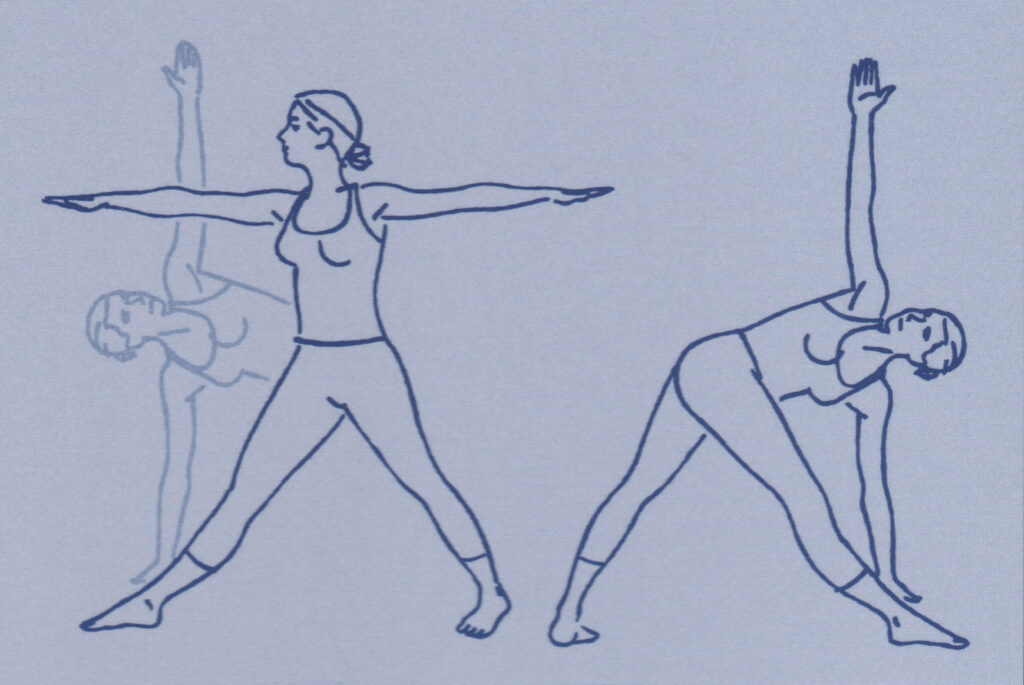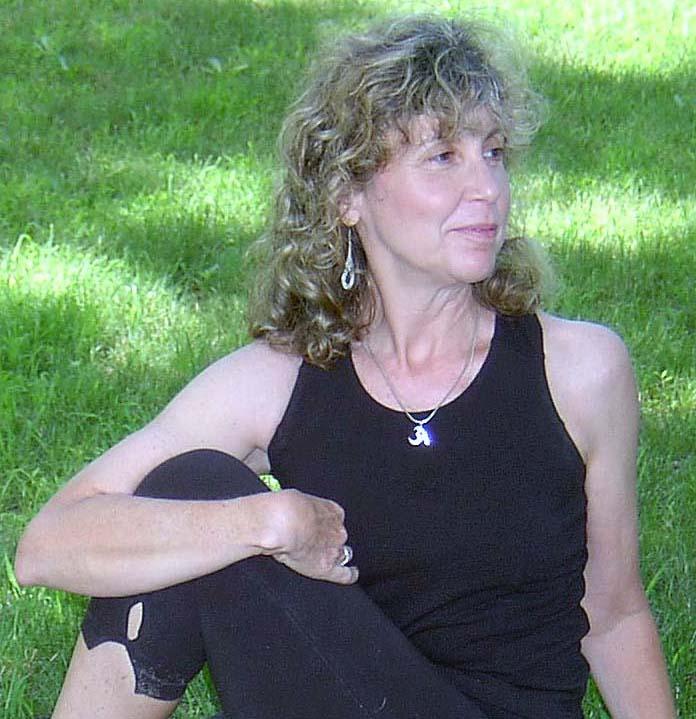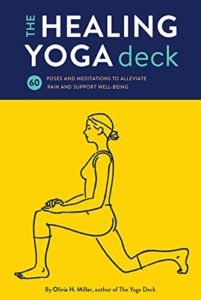
I have to thank my mother for my interest in yoga. Rusty (she’s a redhead and that’s been her nickname since she was 4) wanted to try it and I thought, why not? I did ballet as a kid and was fairly flexible so I gave it a go. I liked it but didn’t anticipate that yoga would become an integral part of my life…despite the fact that my initials are “ohm” (another thing I can thank Rusty for). Maybe it was destiny.
That was a long time ago. So long ago that when I’d tell people I did yoga, I would get responses like, “You’re doing yogurt?” (Really?!) Or, “Can you twist yourself into a pretzel?” (Nope.) Or the inevitable, “Can you stand on your head?” (Hell, no!)
That was then. These days nobody mentions food (yogurt or pretzels) or envisions me upside down. Instead I get, “I love yoga!” Or “We do yoga at work.” Or (my personal favorite), “My grandmother does yoga!”
Yes, we’ve come a long way, yoginis, and it’s great! So in the spirit of spreading the good stuff around, below are descriptions of some different types of yoga – and there are many – to provide a little more information about this ancient (5000-year-old) practice.
I’ll start with Hatha Yoga, the yoga of activity, which strives to balance body/mind/spirit through a combination of physical postures, controlled breathing and focused meditations. Hatha is a Sanskrit word that means “union of opposites” (ha means “sun” and tha means “moon”). Hatha yoga is one of the most well-known types of yoga and often a good place to start. It is the basis of many other styles of yoga, listed below (in alphabetical order):
Anusara Yoga – Anusara means “going with the flow” or “following your heart.” Founded in 1997 by John Friend, this hatha yoga system uses postures designed to open the heart. It is rooted in the belief that there is an intrinsic goodness in all beings and all things, an uplifting philosophy that attracts many students.
Ashtanga Yoga – Also known as “power yoga,” this fast-paced, high-intensity yoga is quite athletic and not recommended for beginners. Ashtanga refers to the eight limbs of yoga: yama (attitudes toward our environment); niyama (attitudes toward ourselves); asana (physical postures); pranayama (breathing practices); pratyahara (sense restraint); dharana (concentration); dhyana (meditation); samadhi (complete integration).
Bikram Yoga – Also known as “hot yoga,” this series of 26 poses is named for its creator, Bikram Choudhury. It is performed in a room where the temperature is high (90+ degrees), promoting loose, flexible muscles and releasing toxins through profuse sweating. The series can be quite rigorous.
Integral Yoga – This gentle hatha yoga practice includes breathing, chanting and meditation. It is based on the teachings of Sri Swami Sachidananda, who came to the U.S. in the 1960s.
Iyengar Yoga – Based on the teachings of yogi B.K.S. Iyengar, poses are often held for long amounts of time. Precise body alignment is emphasized and props such a blocks and straps are often utilized.
Kripalu Yoga – A slow, meditative form of yoga where the breath is central to the practice.
Kundalini Yoga – Designed to awaken stored energy at the base of the spine (kundalini means “coiled serpent”), this form of yoga combines poses, breathing and chanting.
Vinyasa Yoga – This type of yoga focuses on the flow of movement in coordination with the breath.
Yoga is not “one size fits all.” Find the style, class and instructor that feel right for you. Try different classes, talk to instructors and ask students about their experiences. Check with a medical professional before starting any type of exercise, even one as seemingly gentle as yoga. Be sure to tell the instructor about any health issues or physical limitations so that he/she can guide you safely and offer modifications to poses. Enjoy your experience on the mat! Namasté.



